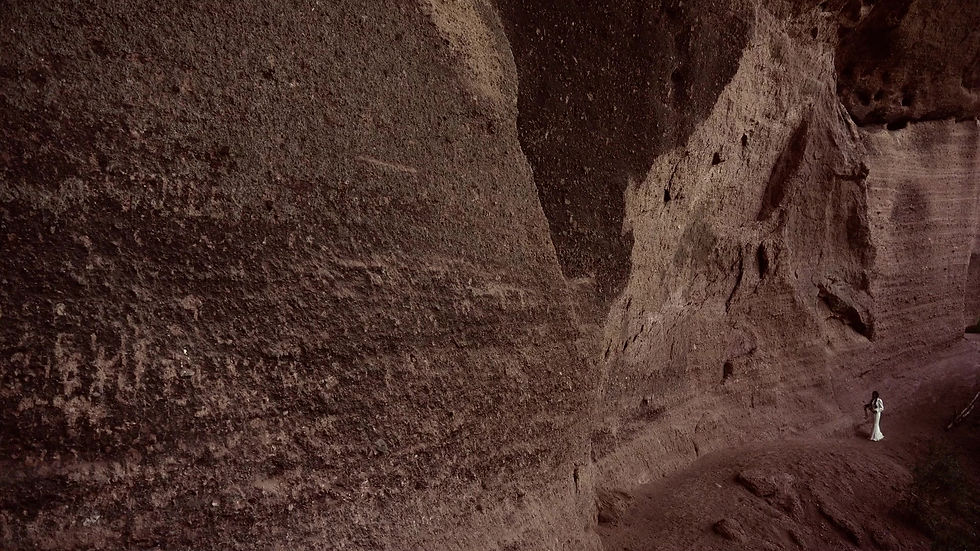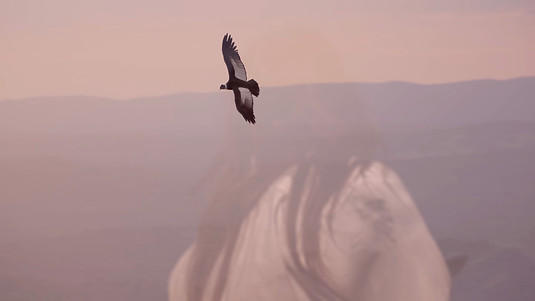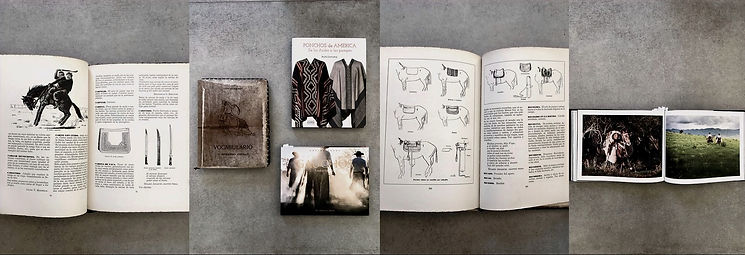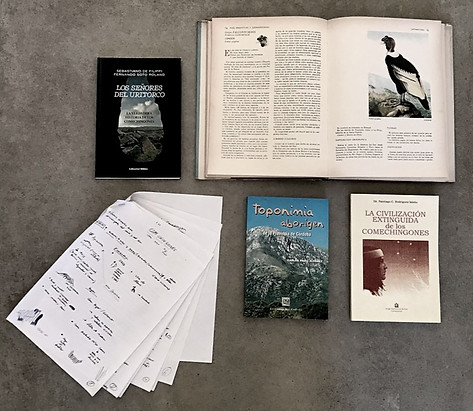
AMARANTO
2021-2022
Synopsis
Based on a Folkloric legend from Córdoba, Argentina.
Set in the 1700’s in the vast and rugged landscape of the hills of Córdoba, in a still unshaped Argentina, Amaranto the gaucho, embarks on a quest where myth and reality meet. In a territory constantly ravaged by wildfires, Amaranto is suffering the exhaustion and despair of battling the burning of his land. In that moment he hears the words of a payador (troubadour) who sings the legend of a bull with golden horns that bellows fire and burns it all. As gauchos do, he bears a catholic rosary but soon his indigenous ancestry arises.
Directed, Edited, Written and Produced by Antonia Ingrey.



The call to adventure
From another continent
along with the conquistador
there came a bull
that turned into legend
the folk need to learn
to find this animal
that the beats roams
where the sorcerers hex
the ember that blazes in the bull’s throat
has burnt the land
brave he,
who comes seeking for the beast
to claim the bull’s head
as a trophy for his lair
some call it stubbornness,
others vanity
only he will be proud
to bring peace to the valley
and lay as tribute
it’s magnificent golden horns.

Amaranto is both Gaucho and indigenous and symbolizes the folkloric, the Bull represents the Spaniards and The singing woman is a metaphor for the dying indigenous wisdom, among other elements.

Why
The Gaucho way of life is fading as globalization transforms everything it touches. Modern machinery is replacing Gauchos, and animal rights activists oppose their rodeos and horse handling methods. Many Gauchos no longer want to live isolated on ranches, trading traditional attire for clothes made in Vietnam or China. As they become mere tourist attractions, they lose their pride and dignity. Growing up among Gauchos—nowadays is rare even among Argentines—I have always felt the need to honor their tradition.
In an era where globalization and consumerism threaten indigenous communities and folklore, audiovisual media is replacing oral and written traditions as essential memory. Film can serve as an archive to safeguard tradition and cultural identity. This theme seems overlooked by the new generation of artists. I believe it's vital to rekindle this atmosphere through artistic cinema. Argentina suffers from a lack of national identity due to its melting pot of cultures and poorly documented history. I feel that AMARANTO can contribute to rediscovering and repairing this gap.








(How) can I explore the themes of contradiction and duality using the medium of poetic cinema to tell the story of a heroic journey?
Sub - research - question
(How) can I translate the sense of adventure from my latin American heritage through poetic language?
Gaucho exploration

Costume design research

Costume design research

Costume design research

Costume design research


The story

Mood
board
Defining symbols and tone of the legend




(interview in spanish)


Comechingón research + interview with Feliciano Supaga owner of a local comechingon museum
22
storyboard

long
meters





Defining Animation in collaboration with illustrator Facundo Porcial,
later animated by Andres Rossi. Andres runs a local Animation school and generates international tv series.

Music Structure I created for the musician and sonidist to follow.

Notes that became a "Payada" next to Leo Imen a Guacho trovador + notes for David Stillman the sonidist.
THE IMPORTANCE OF MYTHOLOGY with Stephen Gerringer
Stephen Gerringer has led workshops on mythology for university audiences as a Working Associate of the Joseph Campbell Foundation since 2004, co-chaired the 2012 Symposium for the Study of Mythology with 200 scholars, authored the Practical Campbell essay series, and is currently editing a volume of lesser-known interviews with Joseph Campbell from the last fifteen years of his life.
Emotional inspiration
What had an impact on me, to such an extent that I can hardly translate its dimension, were the wildfires in Argentina. It is considered one of the 10 largest bush fires in the world till the moment. The fires started in July and by November they had burned some 400 thousand hectares in the province of Cordoba.
Over all reflection + behind the filming
I am really proud and surprised that the short film actually came to be. It was a road filled with obstacles and challenges that seemed insurmountable. The filming was a major challenge, teaching me what being a director (in a poor country) truly meant. With no budget, I had to manage every aspect of the filming, from a three-hour off-road drive to locations each day to saddling a horse and literally painting the bull’s horns and head. I filmed on horseback in -4 degrees, and since most of the crew lived in very poor conditions, there were never enough tools or time. I lived the life of a wild Gaucho while filming and directing. Despite the ordeal of filming and editing, the film and project became everything I had envisioned, and I am particularly proud of having found immensely talented self-taught individuals in the backcountry of Argentina, all with limited resources.
At the avant-premiere, it became clear that what made this project particularly worthwhile was the social impact it had on my local community. I narrated a meaningful story that needed to be told, showcased the Gaucho theme in an artistic light, and instilled a sense of pride in many people regarding their identities.

AMARANTO



















